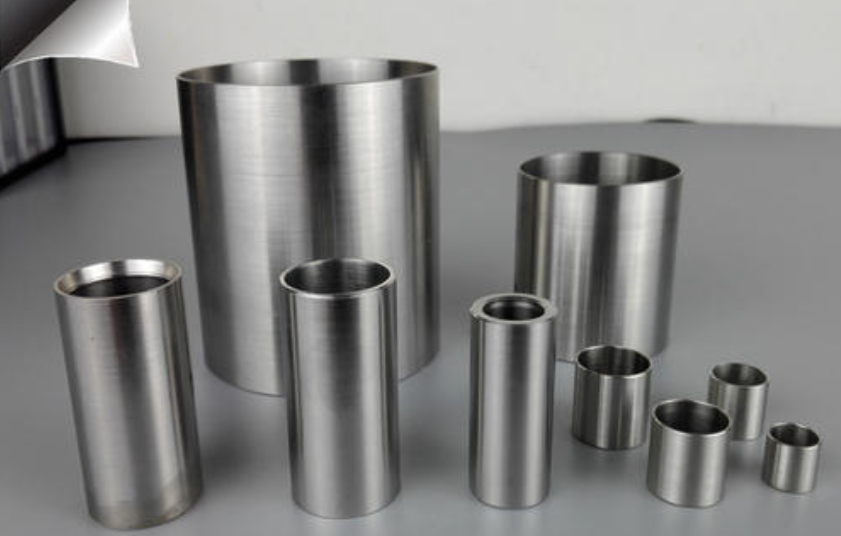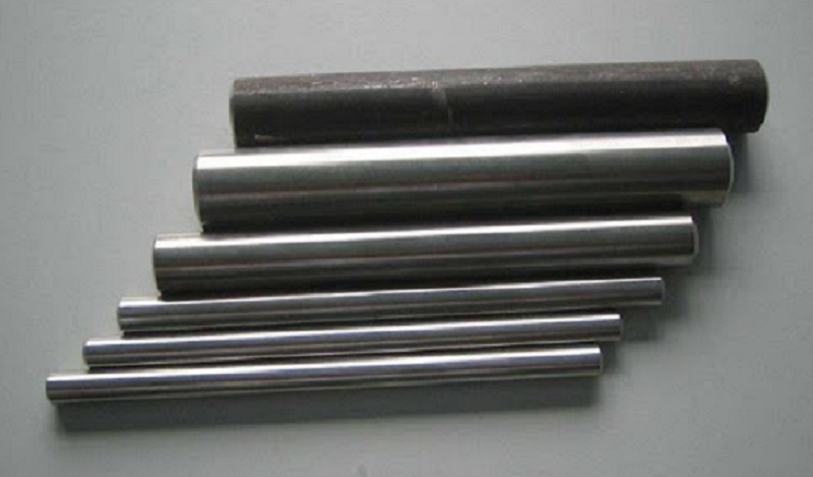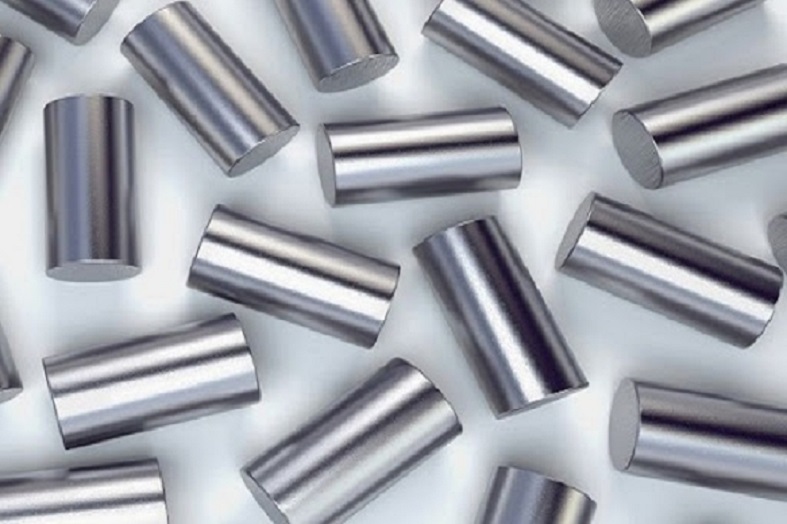TZM Alloy Applications, Properties & Preparation Methods

TZM Alloy Applications, Properties & Preparation Methods
TZM alloy (Titanium-Zirconium-Molybdenum Alloy) is a high-temperature alloy widely used at present. Because of its high melting point, high strength, high elastic modulus, small linear expansion coefficient, low vapor pressure, good electrical and thermal conductivity, strong corrosion resistance, and high-temperature mechanical properties, it is widely used in military, aerospace, and high-temperature structures pieces and other fields. In this article, we'll take a close look at the TZM alloy applications, properties & preparation methods.

TZM Alloy Applications & Properties
The Properties and Applications of TZM Alloy
TZM alloy (molybdenum-zirconium-titanium alloy) has many excellent properties that make it widely used in the industry.
Its good mechanical properties under high temperatures and high pressure make it widely used in the military industry, such as rocket nozzles, gas pipelines, and nozzle throat linings.
TZM alloy is corrosion-resistant to metal liquids, so it is used as the main shaft of platinum and rhodium coating stirrers for glass melting furnaces of color picture tube glass bulb production lines.
TZM alloy has a high melting point, so it can be used as a die-casting mold material for ferrous or non-ferrous metals and a seamless stainless steel perforated plug, such as a copper rotor mold on an engine.
TZM alloys are also widely used in the electrical and electronic industries, such as tube cathodes, grids, high-voltage rectifier components, semiconductor thin film integrated circuits, etc.

TZM Alloy Applications
In addition, TZM alloys are also widely used in nuclear energy equipment, such as radiation shields, support frames, heat exchangers, rails, etc. Besides, it is also widely used as a plate to make high-temperature structural materials such as furnace walls of high-temperature furnaces and heat shields of hot isostatic presses.
The Preparation Methods of TZM Alloy
The common preparation method of TZM alloy is the arc melting-casting method and powder metallurgy. The arc melting-casting method is to melt pure molybdenum with an arc and add a certain amount of T, Zr, and other alloying elements according to the weight percentage, and then use the conventional casting method to obtain the TZM alloy.
The powder metallurgy method is to use high-purity molybdenum powder and TH2 powder, ZH2 powder, and graphite powder to be uniformly mixed in proportion and then formed by cold isostatic pressing, and then in sintered at high temperature under a protective atmosphere to obtain TZM blank.
The TZM blank is subjected to high-temperature hot rolling (high-temperature forging), high-temperature annealing, medium-temperature hot rolling (medium-temperature forging), medium-temperature annealing to relieve stress, and then warm rolling (warm forging) to obtain TZM finished material.
The powder metallurgy method can save large equipment such as vacuum consumable arc furnaces, large extruders and forging hammers, and corresponding high-temperature heating furnaces, which simplifies the process, shortens the production cycle, reduces consumption, and improves production capacity and yield, so the cost is greatly reduced.
Conclusion
Thank you for reading our article, and we hope it can help you have a better understanding of the TZM alloy applications, properties & preparation methods. If you want to know more about TZM alloy and other refractory metals, you can visit Advanced Refractory Metals (ARM) for more information.
Headquartered in Lake Forest, California, USA, ARM is a leading manufacturer & supplier of refractory metals across the world, providing customers with high-quality refractory metal products such as tungsten, molybdenum, tantalum, rhenium, titanium, and zirconium at a very competitive price.
{{item.content}}
LEVE A REPLY
{{item.children[0].content}}
{{item.content}}






